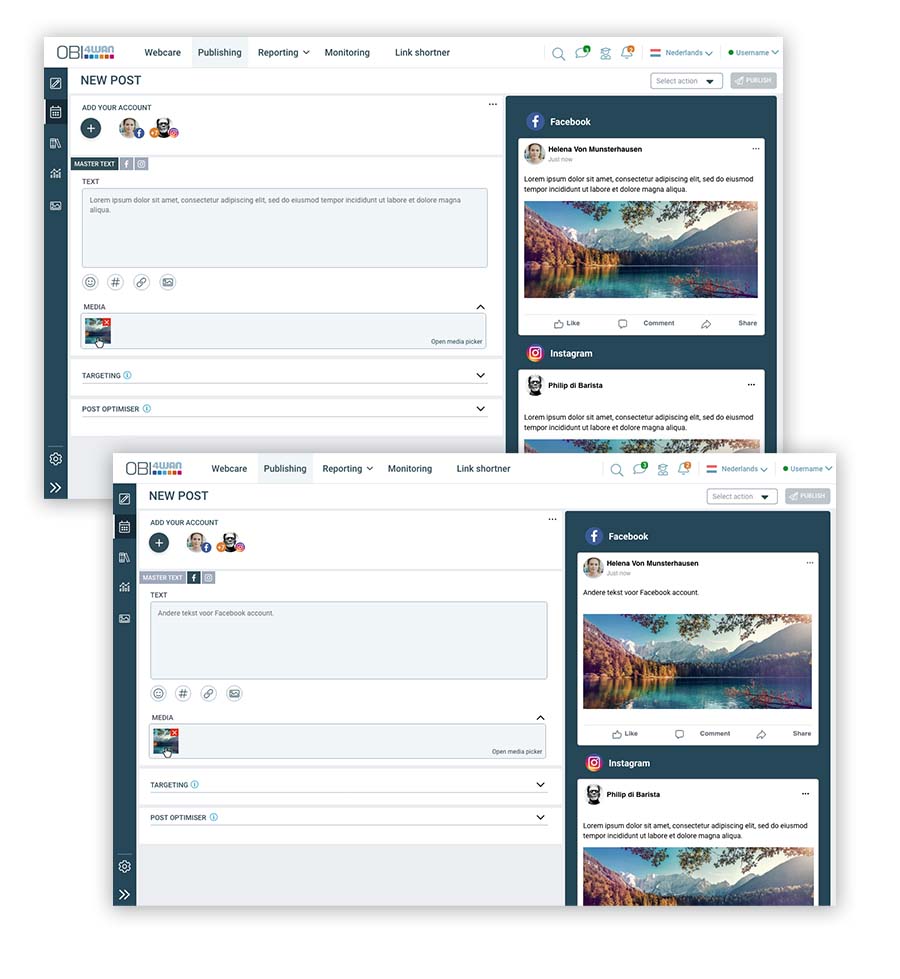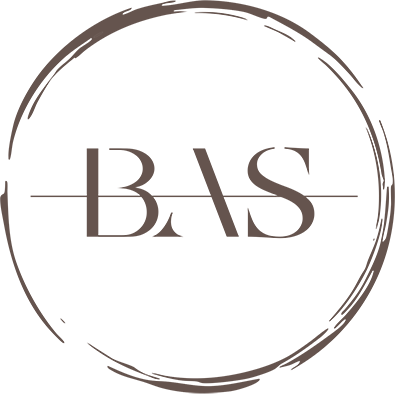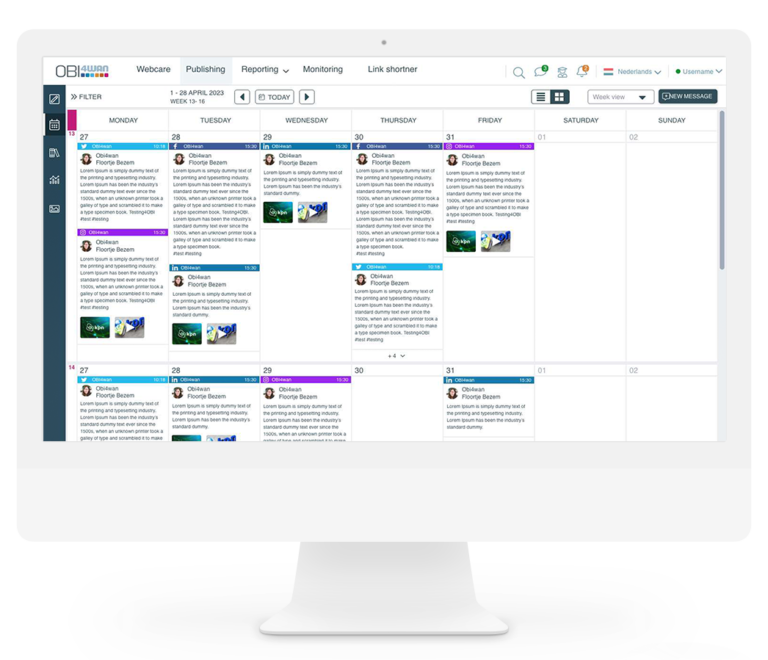
Overview
Faced with a shrinking market window and unexpected developer challenges, I was tasked with rapidly developing the Post Optimizer feature. By prioritizing user needs, optimizing the design process, and leveraging agile methodologies, we successfully delivered a solution that not only met the client’s needs but also exceeded user expectations.
WHAT IS THE POST OPTIMIZER?
I led the product design and user research for this project. My responsibilities include innovating the existing solution, leading research initiatives and integrating innovative features. During this process I worked closely with the CTO, the product manager and the development team.
1.
Stopping churn. Customers complaining about the tool are leaving to the competition.
2.
Users have more positive experience from the new UX and UI.
3.
4 Key features added to meet user needs
1.
Users struggled with the outdated interface, lacked essential features, and experienced difficulties in publishing content across multiple platforms.
1.
User-Centered Research: Conducted market research, usability audits, and comprehensive interviews to uncover deep insights into user pain points and expectations.
2.
Flexible Publishing Approach Developed a new publishing agenda with advanced filtering and per-account text customization to address core user frustrations.
3.
Optimization-First Design Introduced a Post Optimizer, Instagram features and advanced targeting options to empower users’ social media strategies.
4.
Developed a new information architecture to improve navigation.
5.
Implementation of the new flexible design system to ensure consistency and scalability..

1.
Interviewing 20+ stakeholders and end-users
2.
Performed comprehensive market and usability research.
3.
Created detailed customer journey maps & persona’s.
4.
Systemize user knowledge to inform product decisions effectively.
1.
Collaborative design workshops with Miro.
2.
Conducted multiple design critique sessions.
3.
Iteratively refined mockups based on user feedback
4.
Created detailed information architecture.
1.
Legacy tools quickly become irrelevant without continuous user-centered innovation.
2.
Nuanced Complexities: Discuss challenges faced during the project, such as balancing user needs with technical constraints or managing stakeholder expectations.
3.
Flexibility and customization are paramount in social media management tools.
Publishing Agenda
A major update in the new version is the launch of the Publishing Agenda. Get a quick overview and schedule a social media strategy. A search by filters was very important to our users.
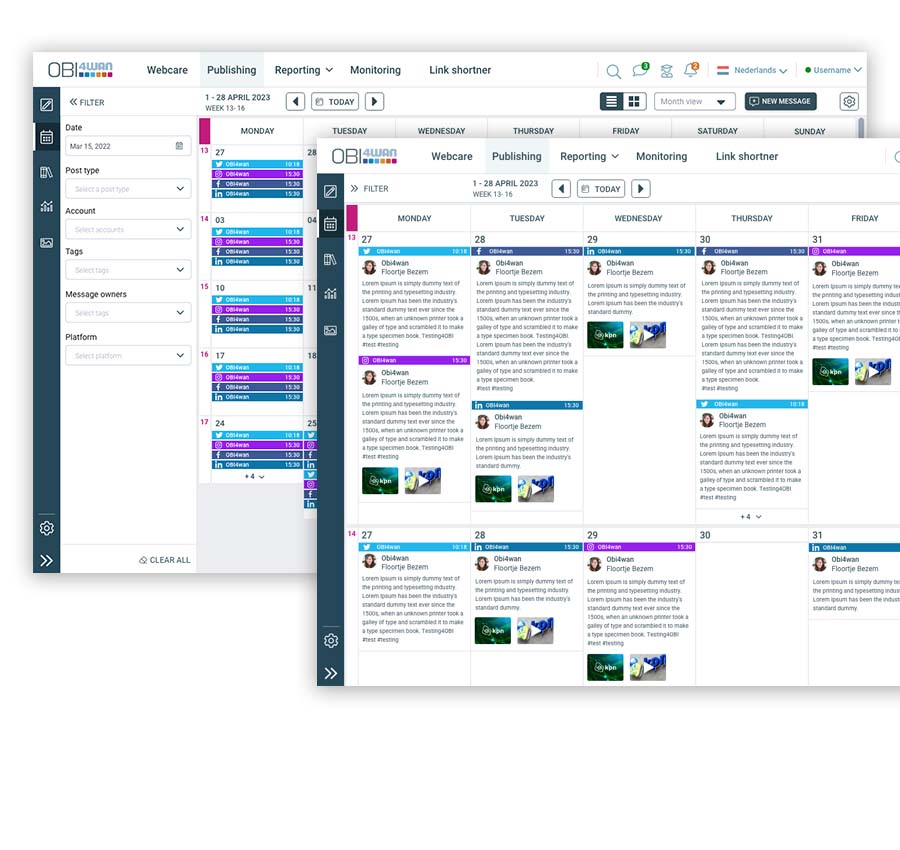
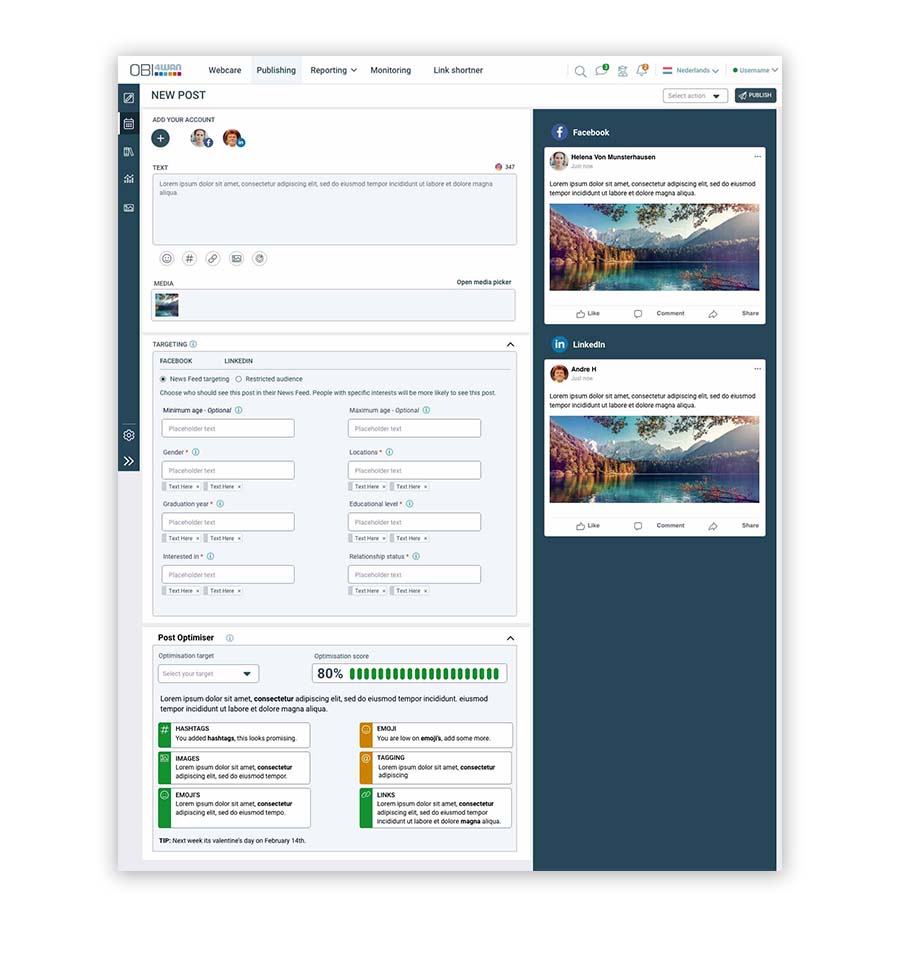
Posting Push
Building a post for your social media strategy is something a user wants options for the best possible post. You can get help with targeting options for Facebook and LinkedIn and also the option to optimize each post with the Post optimizer.
Split the ACCOUNTS
Problem with the Publishing Product was the platform could only handle 1 text for all social media accounts when selected.
This iteration was designed because users wanted control over their text for each social media account. But if you want to use text for all selected accounts just use the master text tab.
